If you’ve ever found yourself white-knuckling the steering wheel while inching along I-95, you’re not alone. As one of the busiest highways on the East Coast, I-95 is notorious for its bumper-to-bumper traffic, unpredictable delays, and high stress levels—especially during weekends, holidays, and peak vacation season. While it may seem like the most direct route, the reality is that this congested corridor can quickly turn your road trip into a frustrating ordeal. In our opinion, it is best to avoid I-95.
But what if there were a better way?
This post is your guide to avoiding the chaos of I-95 and discovering alternative routes that are not only less stressful, but often more scenic and enjoyable. Whether you’re heading north to New England, south toward the Carolinas, or anywhere in between, there are plenty of hidden-gem highways, backroads, and scenic byways that can help you reach your destination without the hassle.
We’ll break down detour ideas, share tips for smarter planning, and even spotlight charming towns, parks, and pit stops along the way that you’d miss if you stuck to the interstate. From quieter routes through the mountains to coastal roads full of character, stress-free travel is closer than you think—if you’re willing to take the road less traveled.
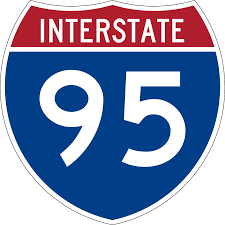
Interstate 95 Facts
Interstate 95 (I-95) is one of the most prominent and heavily traveled interstate highways in the United States. Here are some interesting facts about I-95:
- Length: It is one of the longest north-south interstate highways in the country, stretching approximately 1,919 miles (3,081 kilometers) from Miami, Florida, in the south to Houlton, Maine, near the Canadian border in the north.
- States Traversed: I-95 passes through 15 states: Florida, Georgia, South Carolina, North Carolina, Virginia, Maryland, Delaware, Pennsylvania, New Jersey, New York, Connecticut, Rhode Island, Massachusetts, New Hampshire, and Maine.
- Major Cities Served: I-95 provides vital transportation links to several major cities, including Miami, Jacksonville, Savannah, Charleston, Richmond, Washington, D.C., Baltimore, Philadelphia, New York City, Providence, Boston, and Portland.
The Interstate Numbering System
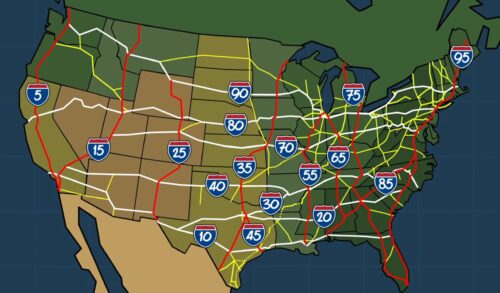
The interstate numbering system traces back to the Federal Aid Highway Act of 1956, signed into law by President Dwight D. Eisenhower. This landmark legislation authorized the construction of a vast network of high-speed roads known as the Interstate Highway System. It was initially to enhance national defense and facilitate interstate commerce and travel.
Interstates are typically designated with even or odd numbers, which signify their orientation and function.
- Even Numbers: These routes generally run east-west across the country, with lower numbers in the south and higher numbers in the north.
- Odd Numbers: These routes generally run north-south, with lower numbers in the west and higher numbers in the east.
Primary versus Auxillary Routes
- Primary Routes: These are the main, long-distance highways that form the backbone of the interstate system. They are typically numbered with one or two digits (e.g., Interstate 10, Interstate 95).
- Auxiliary Routes: These shorter routes primarily serve urban areas, providing connections to the primary routes. They are designated with three digits, the first indicating the primary route they branch from.
Why You Should Avoid I-95
- Traffic Congestion: The seemingly endless congestion is the most notorious frustration associated with I-95. During peak travel times, especially on weekends and holidays, sections of I-95 can resemble parking lots rather than highways. Delays, stop-and-go traffic, and bumper-to-bumper conditions can turn what should be a smooth journey into a stressful ordeal.
- Construction Zones: Another source of frustration for travelers on I-95 is the presence of ongoing construction projects. While roadwork is necessary for maintaining and improving infrastructure, navigating through construction zones can lead to delays, lane closures, and detours. Keeping up-to-date with traffic alerts and planning alternate routes can help mitigate the impact of construction-related delays.
- Toll Booths and Fees: Many sections of I-95 are dotted with toll booths, where travelers must pay fees for using specific stretches of the highway. For frequent travelers or those on a tight budget, toll expenses can quickly add up and become frustrating. Also, long lines and wait times at toll plazas can exacerbate travel woes.
- Lack of Rest Areas: One common complaint among travelers on I-95 is the scarcity of rest areas and amenities along the route. Especially during long stretches of highway, finding a convenient rest stop with restroom facilities, food options, and fuel stations can be challenging. This can lead to discomfort and inconvenience for travelers, particularly those with children or pets.
- Better Alternatives: Depending on your destination, there are often alternative routes that might be more scenic, less congested, or simply more enjoyable. For example, U.S. Route 1 or coastal highways can offer a more relaxed drive with opportunities to explore small towns and coastal areas.
Alternate Routes to Help Avoid I-95
Interstate 95 may be the quickest path on paper, but frequent traffic jams, aggressive drivers, and endless construction zones can turn a road trip into a headache. Luckily, several alternate routes offer a more relaxed and scenic experience, perfect for travelers who value peace of mind over a few saved minutes.
- U.S. Route 1 – Running nearly parallel to I-95 from Maine to Florida, Route 1 takes you through historic towns, coastal villages, and downtowns you’d otherwise miss. While slower in some stretches, it offers charm, character, and far less stress, especially in New England and the Mid-Atlantic.
- U.S. Route 301 – A popular inland alternative, particularly in Virginia, Maryland, and the Carolinas. It avoids the D.C. traffic and takes you through rural landscapes, small towns, and less congested roadways. Great for avoiding the Richmond and Northern Virginia bottlenecks.
- Interstate 81 – For long-distance north-south travelers, I-81 is a smart detour running through the Shenandoah Valley and Appalachian Mountains. It bypasses the chaos of major metro areas while offering stunning scenery through Pennsylvania, Virginia, and Tennessee.
- Coastal Byways – If time allows, consider scenic coastal routes like the Outer Banks Scenic Byway in North Carolina or U.S. Route 17, which meanders through charming southern towns and coastal marshes from Virginia to Georgia.
- State Routes and Back Roads – Google Maps and apps like Waze can help you piece together local roads for a peaceful, personalized route. You’ll find hidden gems—diners, state parks, and roadside attractions—you’d never see from the interstate.
By taking the road less traveled, you not only reduce stress, but you also turn the journey itself into part of the adventure.
Our Favorite Alternative – I-81
When it comes to escaping the chaos of I-95, Interstate 81 is our go-to route—and for good reason. Running roughly parallel to I-95 from eastern Tennessee to upstate New York, I-81 offers a refreshing break from congested cities and relentless traffic. It’s a quieter, more scenic journey that still keeps you moving efficiently north or south. We first encountered I-81 on our first cross-country road trip to the Grand Canyon.
I-81 winds through the heart of the Shenandoah Valley, the Blue Ridge Mountains, and the Appalachian Highlands, offering travelers stunning landscapes that are especially beautiful in the spring and fall. Along the way, you’ll pass historic towns, Civil War battlefields, and plenty of outdoor recreation spots for hiking, camping, and sightseeing.
For long-distance travelers heading from the Northeast to the South (or vice versa), I-81 is a smart detour that bypasses metro gridlock in areas like Washington, D.C., Baltimore, and Philadelphia. Instead of fighting your way through endless brake lights, you can enjoy wide open roads and scenic stretches through Virginia, West Virginia, Pennsylvania, and beyond.
While I-81 does see its share of truck traffic, it’s generally more predictable than I-95 and rarely bogged down by the same volume of commuters and tourists. Plus, with easy access to connecting routes like I-64, I-77, and I-40, it’s flexible enough to support a variety of travel plans.
If you’re looking to avoid I-95, consider giving I-81 a try. It’s not just a detour—it’s a better experience.

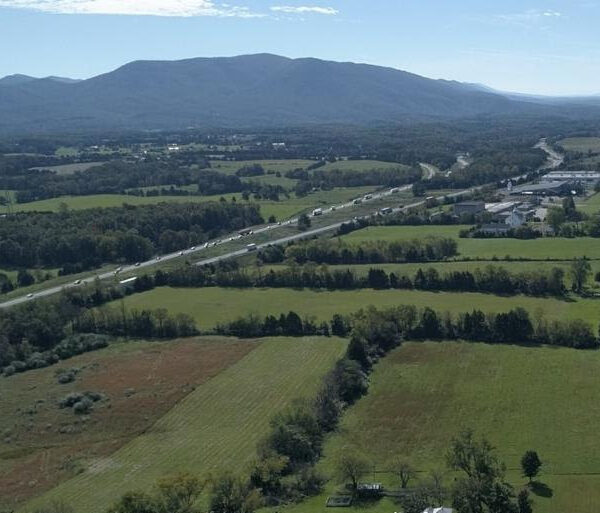
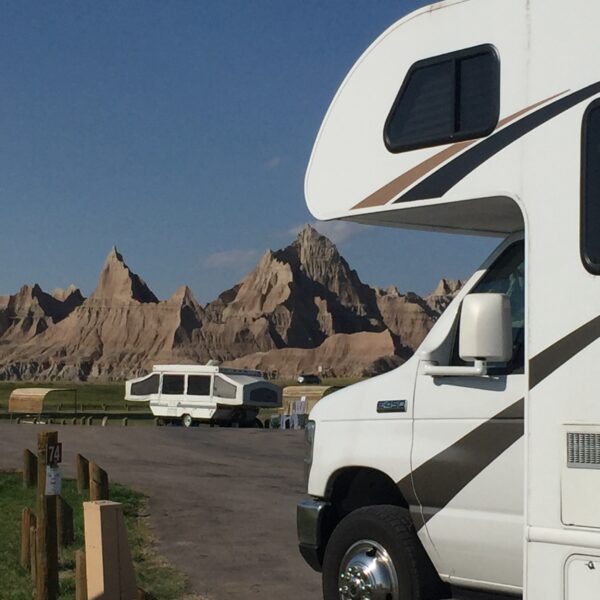
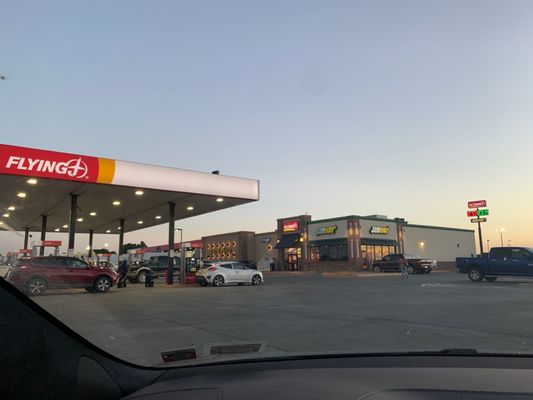

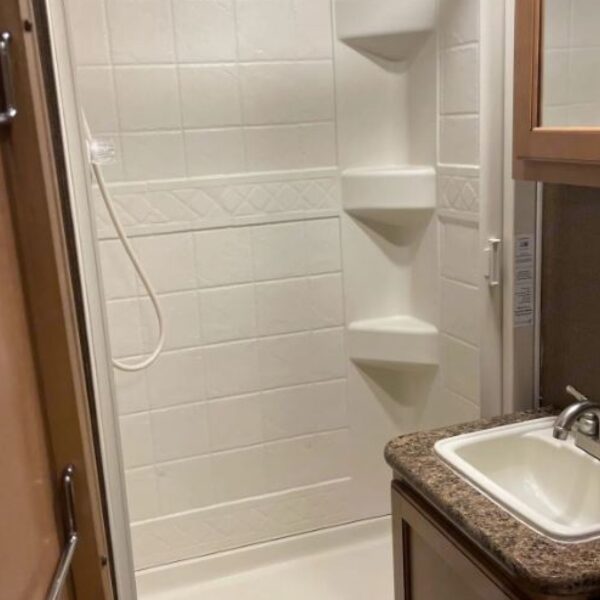

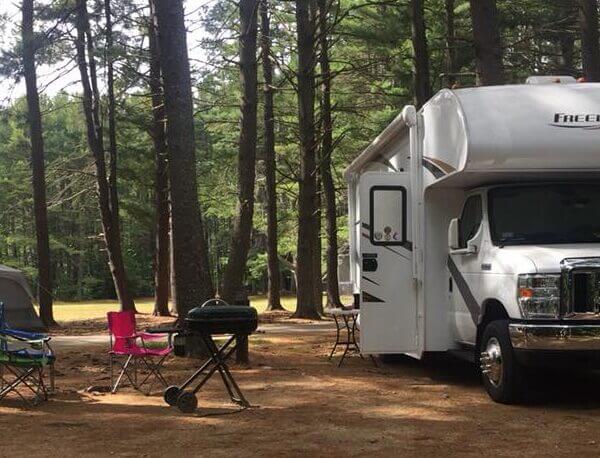

2 Comments. Leave new
Can you suggest a route from 301 fl to get to 81 north
want to avoid I-95 from VA. NC, SC or thru to I-75